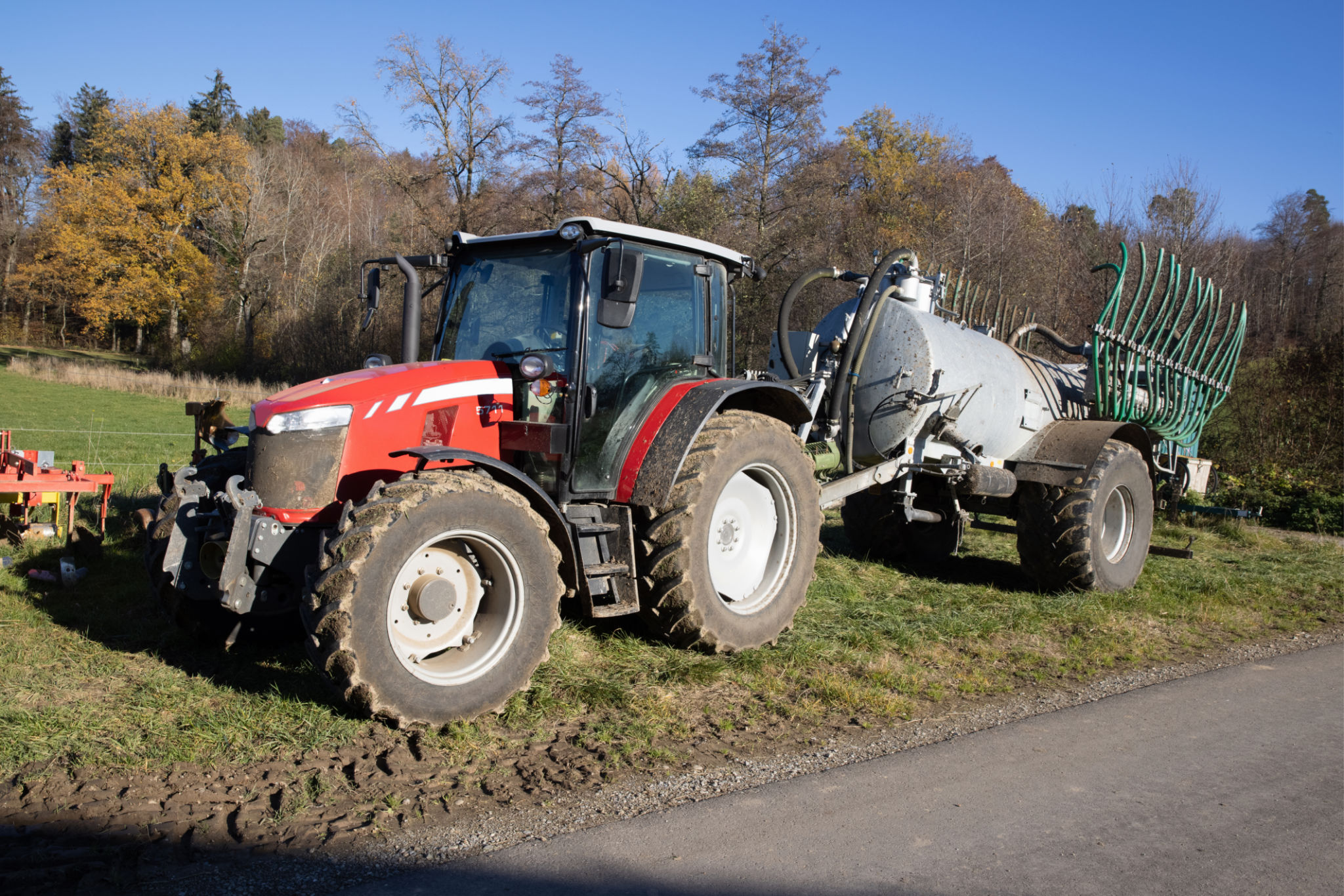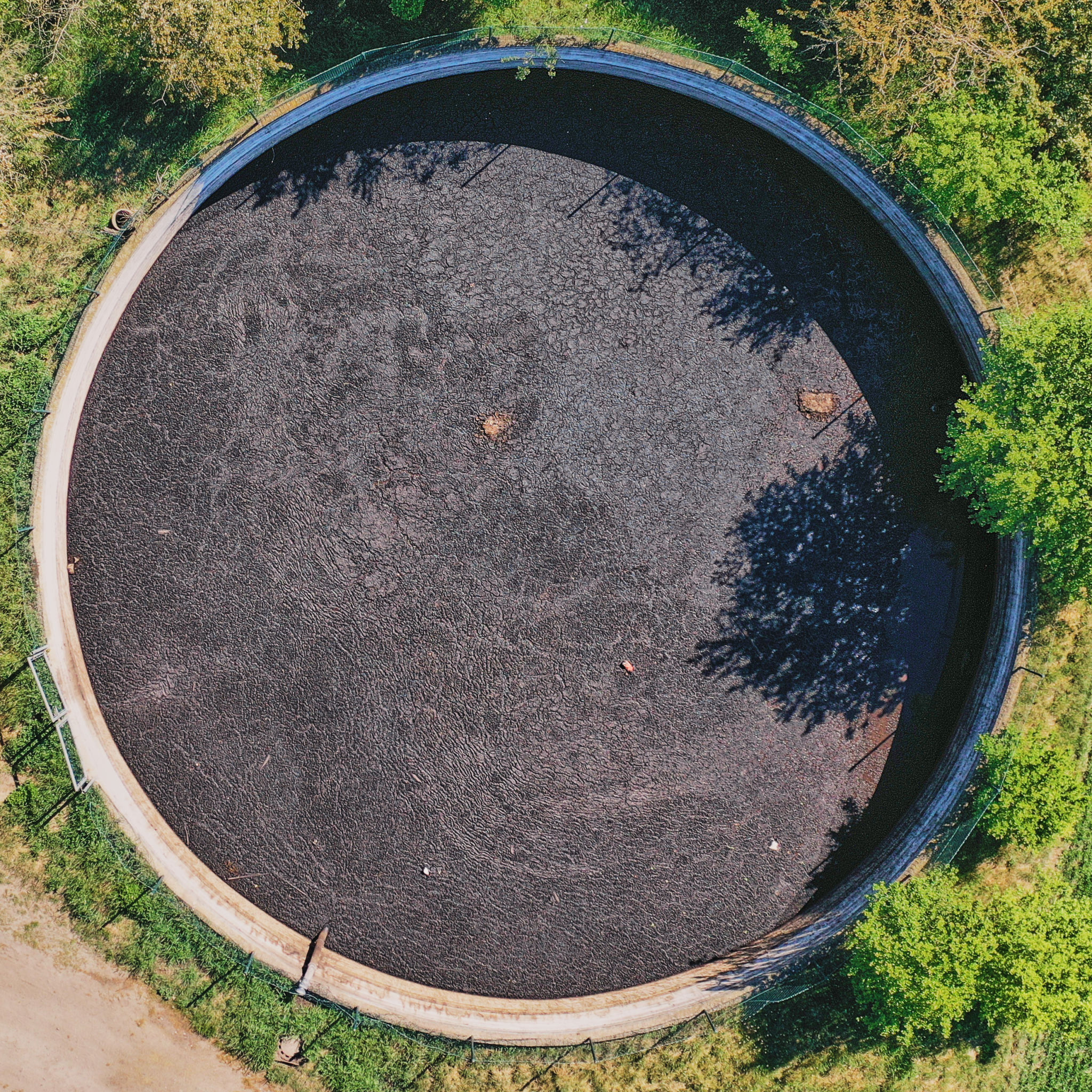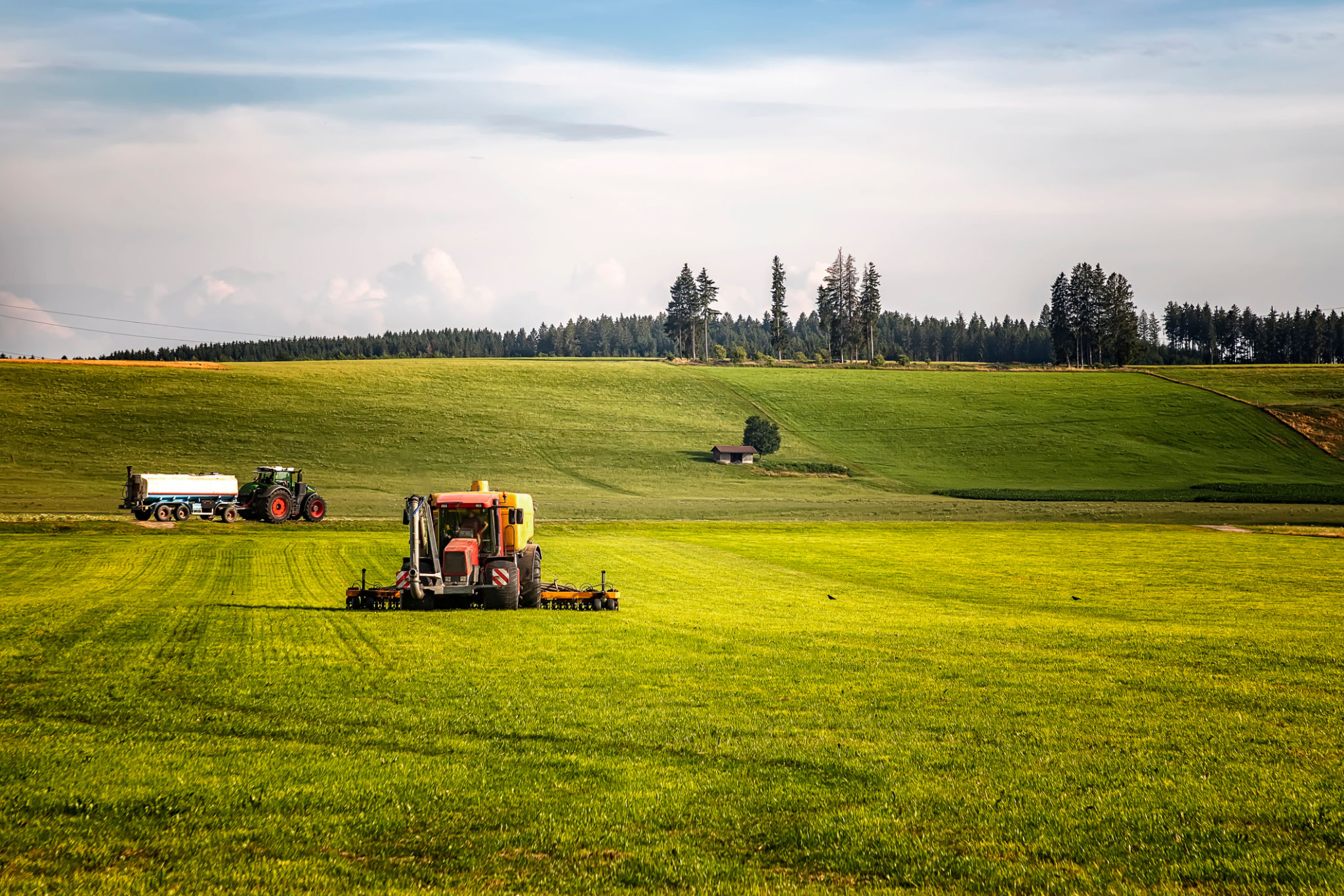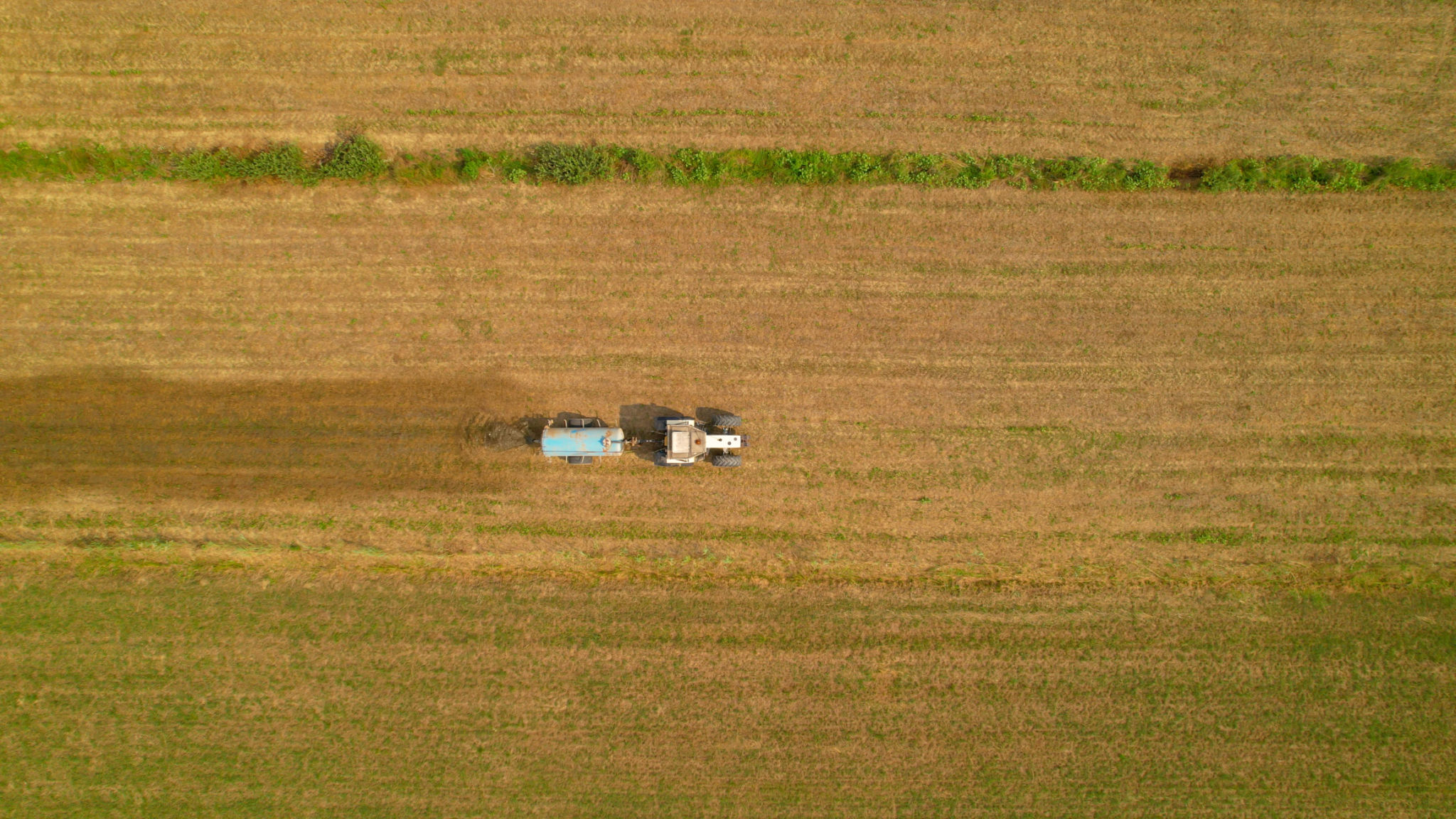Cost-Effective Strategies for Better Slurry Management
Introduction
You don’t need to be told that slurry is both a blessing and a headache. Managed well, it’s a valuable fertiliser that saves you money and boosts grass growth. Managed poorly, it’s a source of emissions, hassle, and Department grief. And with tighter rules now firmly in place, the question isn’t if you need to change how you’re handling slurry, it’s how, and how affordably.
The good news is that you don’t need to pour €50,000 into the ground just to stay compliant. There are practical, proven steps that can make a real difference, whether you’re running a suckler herd in Mayo or milking in Laois.

Storage: What You're Legally Required to Have and What Actually Works
Depending on where you farm and your system, you need between 16 and 22 weeks of slurry storage. But for many, that’s barely enough to cover a bad winter. Once the tanks are full and the ground’s too wet, you’re into dangerous territory, both for compliance and for the environment.
A 100-cow suckler herd, wintered indoors, will produce around 600 to 800 cubic metres of slurry. If you’re short by 200 cubic metres, you have a few options that don’t involve tearing up half the yard.
- Installing a slurry bag or bladder (at roughly €90 per cubic metre) might cost around €18,000 for 200m³.
- A steel above-ground tank will cost a bit more, but lasts longer—around €25,000–€35,000 fully installed.
- Rehabilitating an old pit or lagoon can cost between €8,000 and €15,000, depending on condition.
Most of these upgrades are eligible for 60% grant aid under TAMS 3—meaning a decent-sized storage improvement could cost you less than €10,000 out of pocket. That’s a serious saving over repeated panic spreads or fines.

Don’t Let Your Nutrients Disappear Into Thin Air
Slurry contains fertiliser. It’s got nitrogen, phosphorus and potassium, and it’s worth money, if you can hold onto it. But up to half of your nitrogen can be lost to the air through ammonia, especially if the slurry is open to rain, left to sit too long, or spread using old splash plates.
Covering your tank, rigid or flexible, can cut ammonia loss by up to 80%. A decent cover for a 100m³ tank might run to €2,500, but if you’re getting 60% of that back through grant aid, you’re only really paying €1,000. It also keeps the rain out, which means you’re not paying to store water.
Low-emission spreading (like trailing shoes or dribble bars) doesn’t just tick a regulatory box, it holds more nitrogen in the slurry. You could get 30–40% more nitrogen retention compared to splash plates. On a 40-hectare farm, that could mean an extra €3,500–€5,000 in fertiliser value every year. If you're not ready to buy, hiring a contractor or joining a machinery ring is a solid workaround.

What’s Actually In Your Slurry?
Not all slurry is created equal. Testing your slurry for nitrogen, phosphorus, and potassium costs around €35 per sample, and gives you the actual value of what you’re spreading. Some tanks can differ by 40% in nutrient value depending on diet, water dilution, and how long it's been sitting.
One thousand gallons of slurry, well-managed, can be worth up to €25 in fertiliser replacement. Over a year, that could add up to €4,000–€6,000 across your spread lands. But only if you know what you’re working with, and spread it when it counts.
And timing matters. Slurry spread quickly after agitation holds more of its nutrient value. Stirred and left? You’re just feeding the clouds.

Cutting Slurry at the Source
Here’s a thought, rather than focus only on storing it, why not make less in the first place? Some of the simplest changes can have the biggest effects.
- Keeping cattle at grass just one extra week saves roughly €2.20 per suckler cow per day
- Diverting clean water from roofs and yards away from the tank cuts storage demand and helps avoid overflow in wet winters.
- Out-wintering pads or well-managed straw bedding can reduce shed pressure and slurry volume.

What the Grants Can Actually Cover
Here’s what you can apply for under TAMS 3:
- New or upgraded tanks (above or below ground).
- Slurry bags or modular stores.
- Tank covers.
- Low-emission spreading equipment.
- Rainwater harvesting systems.
- Out-wintering infrastructure.
You can claim up to €90,000 per tranche, with 60% grant aid for most farmers and 70% for young trained farmers. There’s no shame in going back for multiple tranches—especially when it helps future-proof your business.

Conclusion
Managing slurry used to be a seasonal job. Now it’s a central part of farm planning, nutrient management, and staying above board. But getting it right doesn’t have to mean a total rebuild or unaffordable tech.
Start small; cover the tank, test the pit, talk to your local Teagasc advisor about storage audits. Even booking a contractor instead of sticking with the old splash plate can make a difference.
You don’t need to overhaul the yard overnight. But with some well-chosen improvements, and a bit of grant support, you can turn slurry into something that saves money, keeps the inspector happy, and leaves the fields stronger for the next generation.
*By Anne Hayden MSc., Founder, The Informed Farmer Consultancy.
